The Quest for the Holy Grail tapestries’ fourth scene pictures Sir Lancelot's failure to attain the Holy Grail. Lancelot was deemed unworthy of the Grail, for according to Christian tradition, he allowed human perfection, personified by Queen Guinevere, to supplant the image of God. Artist Edward Burne-Jones, who designed the six tapestries, shows Lancelot sleeping outside a chapel. The presence of the Grail is suggested by the emission of the brilliant light through the door to which entry was forbidden by the presence of an angel.
The Quest for the Holy Grail can be thought of as a quest involving soul recovery - aspects of the psyche or soul, individually and collectively, that went missing when the Divine Feminine was exiled. As author Mara Freeman phrased it, “The Grail stories arose when Western religion had been dominated by male god-forms for over a thousand years.”
The Quest itself, with its trials and tribulations, can be thought of as the Hero’s Journey in search of the rich fullness of authentic Self over control-thirsting ego. The Quest for the Holy Grail becomes not only the personal quest for individual self-discovery but of even greater importance, the quest to reintegrate the Divine Feminine, both individually and collectively, into the Western psyche.
Over centuries, the excessive tilt towards patriarchal values has often eclipsed the nurturing, receptive and collaborative aspects traditionally attributed to the Divine Feminine. This reintegration would be a move towards healing the deep-seated fragmentation in the collective consciousness, paving the way for a richer understanding and embodiment of empathy, intuition and interconnectedness.
In this piece we aim to examine various notions of the divine reality, which includes the Divine Feminine, while distinguishing between an anthropomorphic Supreme Being on the one hand and a scientifically persuasive yin-yang divine energy field on the other.
This yin-yang energy field is known variously as the Quantum Vacuum, Ground State Energy and other terms. “According to quantum mechanics, the quantum vacuum is not truly empty but instead contains fleeting electromagnetic waves and particles that pop into and out of the quantum field.” (Wiki)
The word psyche - entrenched deeply in both linguistic traditions and philosophical discourses - embodies the complex and intricate journey of the human soul and mind. Its linguistic roots in the ancient Greek language, where it simultaneously means "soul" and "butterfly," set a rich array of symbolism that hints at a transformative journey, much like a butterfly which metamorphoses from a caterpillar to a creature of aerial grace.
Nonlocal Consciousness
This duality in meaning (soul and psyche) also hints at a transformational process, a voyage of metamorphosis where the soul, through various stages of growth, enlightenment and perhaps even reincarnation, evolves to higher states of being characterized by the dyad of spirituality and nonlocal consciousness.
A consequence of nonlocal consciousness is immortality, because temporal nonlocality implies infinitude in time.
Larry Dossey, American Psychological Association
Diving into the Platonic realm, we find the concept of psyche developing deeper philosophical undertones. Plato, a philosopher of ancient Greece, extended the meaning of psyche beyond the confines of individual human experience. To Plato, the psyche was an immortal entity, a perfect archetype and the very essence of life and seat of all human endeavors — a vessel of knowledge, virtues and other qualities that transcend the physical world. Psyche represents a harmonious unification of the conscious, the unconscious and the personality, mirroring the comprehensive and unfathomable nature of human existence.
In the Platonic dialogues, one can trace the journey that the psyche undergoes, a pilgrimage where it seeks to align with the ultimate truth and goodness, distancing itself from the ephemeral pleasures of the material world. The Platonic Pilgrimage and Grail Quest essentially allegorize soul-separation and soul-recovery. Both journeys, akin to a butterfly's metamorphosis, indicate a transformation from a state of ignorance to enlightenment, of brokenness to wholeness guided by philosophical inquiry and virtuous living.
Over time, the concept of psyche permeated through various philosophical and psychological discourses. It found a significant place in the field of psychology, where it came to denote the total sum of human mind encompassing consciousness and the unconsciousness, the epicenter of human personality, thoughts, and emotions. It has become a subject of study and analysis, a phenomenon to be understood, nurtured and healed.
Psyche tells us to mind the thresholds; it’s easy to become stuck in one. Life is about growth and change. Being stuck in a threshold is a metaphor for listening to some other voice rather than to your heart. With so much new knowledge being discovered daily amidst a continuous deluge of disinformation from government and corporate media, one needs to become accustomed to holding contradictory ideas in mind simultaneously (cognitive dissonance). Refusing to grow by examining one’s cherished beliefs is to cling to the security of the threshold and go nowhere.
Theory of Information
One such threshold is accepting our human divinity. Psyche - the human mind - is both immanent and transcendent. This transcendent aspect of mind allows us to access quantum field energy/information via nonlocal consciousness. Rational Spirituality does not distinguish between matter, energy and information.1 We addressed this worldview shattering hypothesis in our piece, It from Bit.
With such a worldview and paradigm shift in mind, Rational Spirituality focuses on the metaphysical interaction between scientific inquiry and spiritual contemplation, aiming to shed light on the mysteries that surround us and illuminate the profoundly complex interconnections that shape our existence.
Taking human transcendence and nonlocal consciousness one step further, let’s briefly examine the widely known phenomenon called déjà vu.
Déjà vu is a manifestation of nonlocal consciousness wherein the individuals, during moments of heightened awareness or altered states of consciousness, unintentionally tap into the universal reservoir of experiences and knowledge we call the Akashic Field,2 thereby transcending the linear perception of time and space.
At the quantum level, the phenomenon can be explained through the concept of quantum entanglement, where particles become interconnected and the state of one instantaneously influences the state of another, no matter the distance separating them. Extending this concept to human consciousness, it is plausible that minds can become entangled at a quantum level, facilitating nonlocal connections and exchanges of experiences.
Such experiences are commonly referred to as Psi and include telepathy, clairvoyance, psychokinesis, apparitions, hauntings and poltergeists, and out-of-body and near death experiences.
Another possibility involving nonlocality implicates parallel universes. In this scenario, a déjà vu experience can be a brief interaction with a parallel universe or a different timeline, a glimpse into a multilayered reality where past, present and future coexist in a non-linear fashion. This alignment with a higher dimensional space can create a bridge that allows the flow of information between one's current self and alternate selves or realities.
This is an entertaining 3-minute video about déjà vu by physicist Michio Kaku.
By establishing a connection between déjà vu and nonlocal consciousness, this hypothesis posits a transformative perspective on human transcendence, suggesting that individuals have the potential to transcend the physical boundaries of existence and tap into a universal grid of knowledge and experiences. This connection provides glimpses of a harmonious and interconnected universe with greatly improved yin-yang balance.
Gaia as Advocate
The Gaia theory, posited by James Lovelock, paints our Earth as a self-regulating, complex system in which organic and inorganic components interact in a synergistic manner to maintain a habitable equilibrium. When perceived as our personal advocate and an avatar of the Divine Feminine, Gaia takes on a nurturing, maternal role, inviting us to reconnect with her innate wisdom and grace.
Through verdant forests, deep-swirling oceans and wide-pathed landscapes, Gaia beckons us to remember our divine interconnectedness and inherent unity with all of life. She embodies the principle of giving and sustenance, a manifestation of the nurturing energies of the Divine Feminine that seeks to guide us back to a harmonious existence.
In this dynamic, Gaia is not just a planetary entity but a conscious, compassionate force advocating for a deeper connection and reverence for the Earth, urging us to transcend our egoistic tendencies to exploit and degrade, and to embrace a path of symbiotic coexistence and spiritual attunement with the natural world.
Gaia can also be conceptualized as a subfield or expression of quantum field energy. As part of the Divine Energy Field, Gaia possesses the capability to reset or correct imbalances, responding to the collective consciousness or actions of humanity.
Historical events like WWII could be reinterpreted not as punishments or divine interventions (chastisements) but as manifestations of the energy field's self-correcting mechanisms. While these corrections may seem harsh or devastating, they should be dispassionately evaluated as necessary, incomprehensible adjustments for the greater harmony or evolution of the system.
The troubling circumstances unfolding throughout the world - movements toward Transhumanism and One World Government, authorianism, depopulation, pathocracy, fake pandemics, unexplained calamities and the like - are further amplified and complicated by astounding complacency and subservience among the general populace. Dismissive apathy increases vulnerability to mind control techniques.
When an individual is apathetic, they may be less likely to critically analyze information, resist manipulation or question the motives and tactics of those attempting to exert control. They might accept or passively ingest information without the due diligence of verification, scrutiny or contemplation.
I’m afraid if we don’t course correct our trajectory soon, cosmic forces will do it for us.3
Panentheism
Panentheism presents another nuanced conceptualization of divinity. It proposes a divine reality, somewhat like the human mind, that is immanent within all creation, yet simultaneously transcends the physical world. This perspective sidesteps the conventions of deism, which portrays a distant and detached creator, and traditional theism, which underscores the existence of a personal, intervening deity. Instead, panentheism lays forth a more holistic vision of a Divine Energy field.
In this integrative framework, the Divine Energy Field operates not as a personal deity attuned to the individual appeals and supplications that are characteristic of traditional theistic understandings, but as a pervasive energy field that resonates synergistically with human consciousness and intent. This resonance is particularly heightened (increased efficacy) when aligned with universal principles or aspirations of the greater good.
Moreover, it suggests a dynamic, reciprocal relationship between the divine mind and human consciousness, where the energy field is responsive to the harmonic frequencies of human intent, fostering a symbiotic relationship that encourages spiritual growth and enlightenment.
In essence, this approach hints at a deeper level of interaction between humanity and the divine, where the boundaries are pervious and the connections are more intrinsic and direct. This allows for a more enriched and enlightened understanding of the cosmos and one's place within it. This view fosters a spiritual paradigm where the divine is seen as an ever-present force, guiding the unfolding of the universe in both a subtle and heartfelt manner.
Rational Spirituality
Our panentheistic4 model offers a rich and nuanced perspective that combines elements of both theism and deism. It recognizes a divine presence that is neither a detached watchmaker nor a personal deity but an interactive, responsive energy field. In a religious context, his concept is anthropomorphized as God.
This field, while not personal in the way traditional theistic gods are, is still responsive to human intent and our collective consciousness. It embodies a wisdom and a corrective function that ensures the balance and progress of the system.
Such a model encourages a view of the divine that is both immanent and transcendent, rational and mystical, static and dynamic. It invites us to consider the universe as a living, responsive system where our thoughts and actions are in constant interaction with a greater cosmic order. It is a perspective that can foster a deep sense of responsibility, interconnectedness and awe, bridging the gap between the personal god of theism and the impersonal god of deism.
The phrase beyond time and space does often lead to associations with the supernatural or metaphysical, as it implies something that transcends the physical confines and laws that govern our observable universe. In scientific and empirical contexts, anything that can be said to exist beyond time and space would generally be considered outside the scope of natural observation and explanation.
However, this doesn't necessarily mean that the concept of a Divine Energy Field is inherently supernatural in a religious or mystical sense. Philosophers, theologians and even some physicists may use the term to describe concepts or entities that are not bound by the physical dimensions we experience but don't necessarily attribute them to a deity or spiritual realm.
In the context of panentheism, beyond time and space conveys the transcendent nature of the divine, emphasizing that the divine is not limited by the physical universe. This could be interpreted as a supernatural belief, depending on how one defines the term supernatural.
The notion that quantum fields or similar constructs might provide a basis for understanding religious concepts of the divine represents an interesting and important convergence of science and rational spirituality. We seek to modulate the ongoing dialogue and at times tension between scientific inquiry and spiritual belief.
Melvin Vopson of the University of Portsmouth, in the UK, has a hypothesis he calls the mass-energy-information equivalence. It states that information is the fundamental building block of the universe, and it has mass. This accounts for the missing mass within galaxies, thus eliminating the hypothesis of dark matter entirely.
Science and the Akashic Field, Ervin Laszlo (downloadable Internet Archive ebook)
The belief that God is greater than the universe; divinity intersects every part of the universe while transcending it.

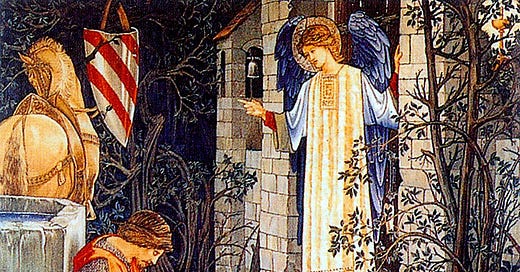




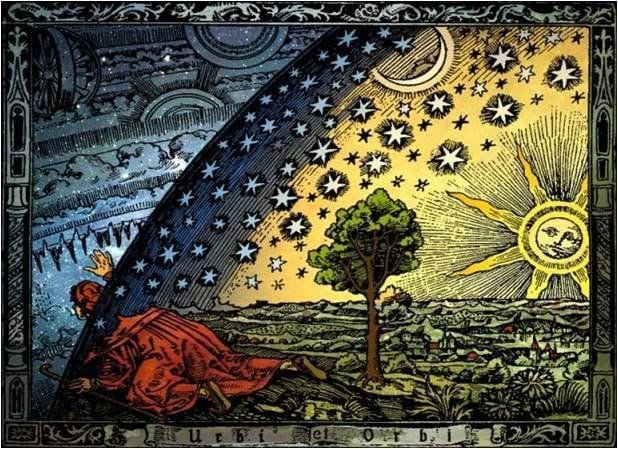
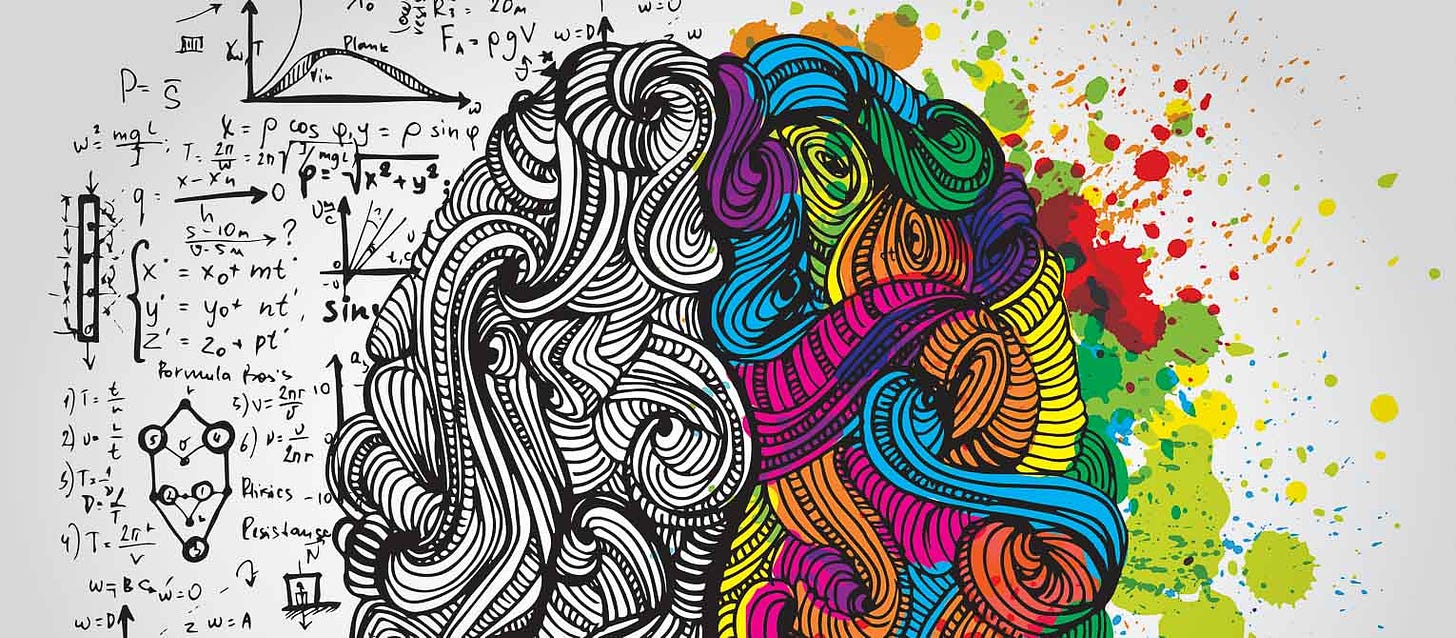
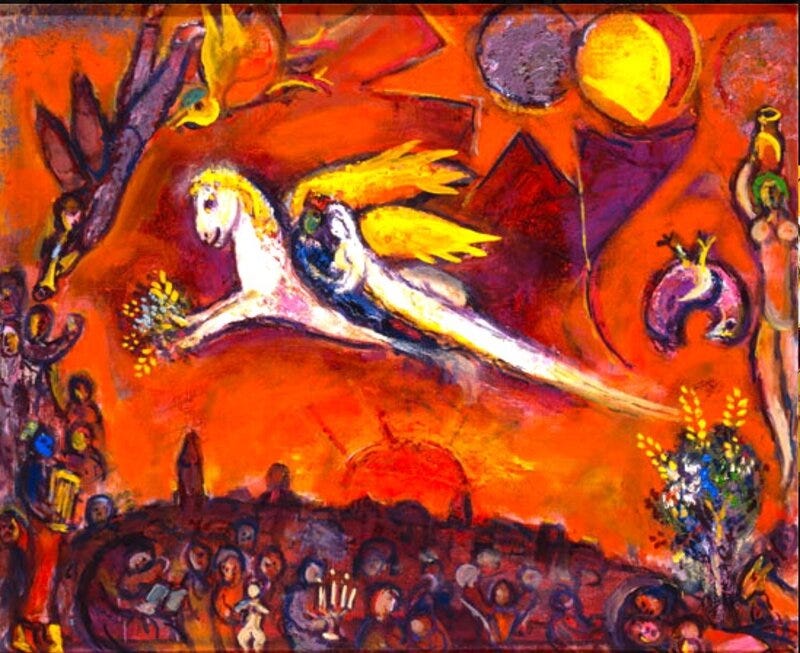
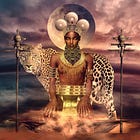
Had to comment on that Michio Kaku clip. He is such a brainwasher! My goodness, I don't think I have ever heard that man say a single word of truth. My son is a bit of a science/paranormal/techie geek and, when I complained about Michio Kaku he interrupted me saying that the bloke is a fraud. Physics is pants and so far off track that it should be abandoned and started from scratch. He ranted on and on.... phew! Anyway, I will get back to reading your terrific article now.... where was I?